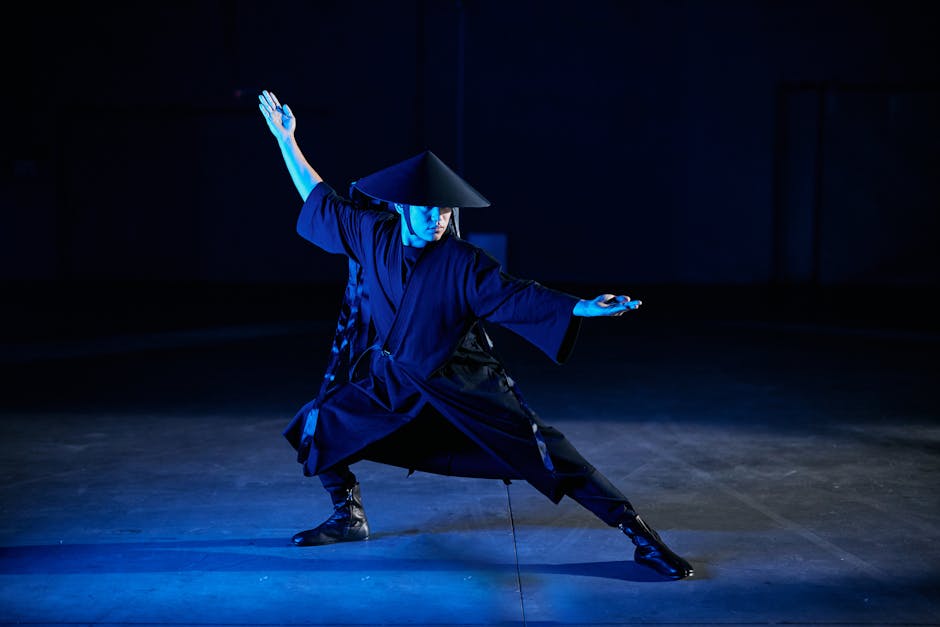
Cultural Influences in Visual Arts
Cultural Influences in Visual Arts
Visual arts have always been deeply intertwined with culture, often reflecting the beliefs, values, and traditions of a society. Throughout history, various civilizations have left behind a rich legacy of artistic creations, each influenced by their unique cultural contexts. This blog post takes a closer look at the significant role cultural influences play in shaping visual arts.
Ancient Civilizations: From the magnificent sculptures of ancient Egypt to the delicate ink paintings of dynastic China, visual arts in ancient civilizations were profoundly influenced by religious beliefs and societal norms. Artworks served purposes ranging from expressions of devotion to deities to depictions of everyday life.
Renaissance and Humanism: The Renaissance period in Europe witnessed a surge in artistic innovation, driven by a renewed fascination with humanism. Artists like Leonardo da Vinci and Michelangelo drew inspiration from ancient Greek and Roman culture, resulting in masterpieces that celebrated the human form and explored new techniques.
Colonialism and Post-Colonialism: The age of colonial exploration had a lasting impact on visual arts worldwide. European colonizers often appropriated artistic styles and motifs from the cultures they encountered, leading to a fusion of artistic traditions. In the post-colonial era, artists reclaimed their cultural heritage and challenged the dominant narratives through their works.
Contemporary Art: Today, contemporary artists continue to draw inspiration from their cultural backgrounds and utilize their art as a means of cultural preservation, critique, and identity formation. Artists from diverse backgrounds often blend their cultural influences, resulting in hybrid forms of artistic expression.
